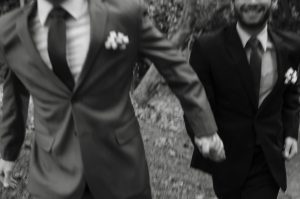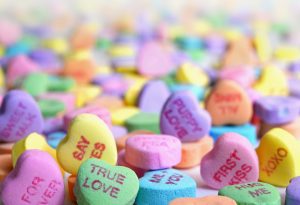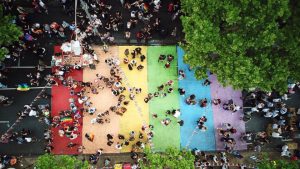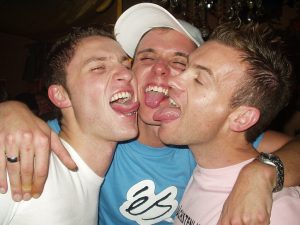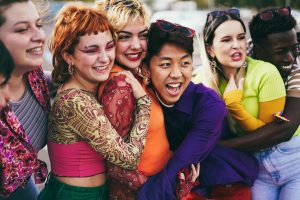Five years after ‘Yes’: Marriage equality and the wedding industry
By: Hank Paul

Content warning: this article discusses the marriage equality plebiscite of 2017, along with the homophobic rhetoric and mental health impacts that came with it.
Prior to COVID-19, the global wedding industry was worth an estimated $300 billion. Yet for the longest time, it was an industry that, by its very legal definition, excluded a whole group of people: the queer community. My queer community.
Beginning in the Netherlands in 2001, 30 countries around the world (and counting) have legally recognised marriage equality at a national level. Five years ago, Australia joined that list.
In September 2017, 16 million letters were sent to Australian households asking the same question: “Should the law be changed to allow same-sex couples to marry?”
What followed was a traumatising eight-week campaign between two sides, pitting queer rights against religious freedom. This created a false dichotomy – queerness and faith are not mutually exclusive, and I, a queer Christian, was living proof. (There is also an irony in the fact that the mechanism for change was to offer a binary choice relating to a community that actively works to deconstruct societal binaries.)
All images supplied by Hank from Henry Paul Photography.
A 2019 study conducted for the Australia Institute found that “the marriage equality debate represented an acute external minority stress event that had measurable negative impacts on mental health of LGBTIQ people and their allies.”
During this time, I deleted social media and tuned out of the daily news cycle. I vividly remember walking out of rooms whenever a conversation about the vote came up. Conscious of the harm that they would be subjecting me to, my pastors warned me from attending church during this time due to the messages they were spouting from the pulpit.
I was immersed in a church community that professed unconditional love, yet my right to love was up for debate. This never felt right to me.
Since the marriage equality vote five years ago, much has changed. I’m exploring my non-binary identity, I no longer attend the church that inflicted so much harm, and I’ve become Sydney’s premier queer wedding photographer.
I fell in love with the people and the stories that represent our LGBTQ+ community. I have found deeper connection and belonging than I ever have before.
Despite this journey of finding my community, I still mourn for the things that I lost: relationships I once considered to be lifelong suffered irreparable damage; my confidence in the Divine has been replaced with constant questioning and curiosity; my anxiety is now a significant challenge that I manage on a daily basis.
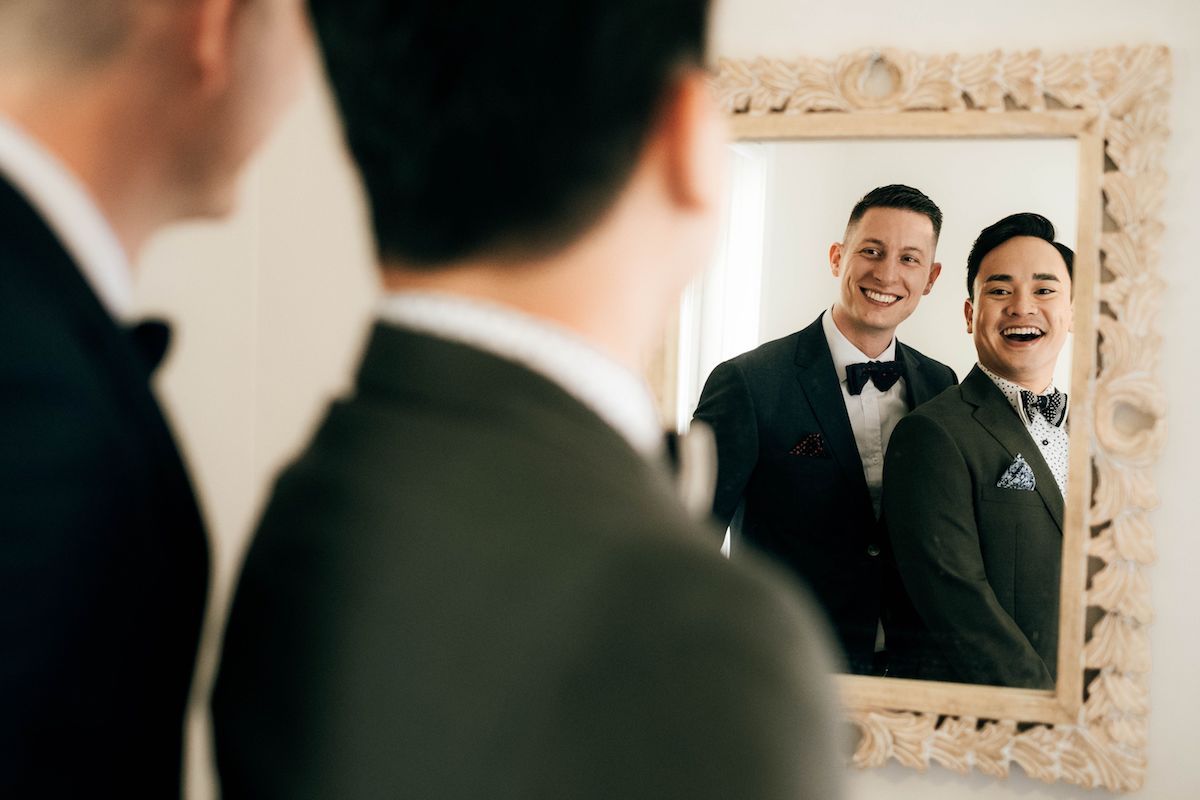
All images supplied by Hank from Henry Paul Photography.
Shortly after marriage equality was legalised in Australia, I was fortunate enough to be hired to photograph a wedding between two women. This was the first LGBTQ+ wedding I had ever attended, let alone photographed.
At the time, I’d never pictured myself being married. I was raised in a culture that fed me a single narrative of what a married couple looked like, and I’d had very little exposure (pardon the photography pun) to queer couples and relationships.
It’s not an overstatement to say that this wedding changed everything for me. For the first time in my life, I saw what beautiful, real queer love could look like. I watched on as these two women publicly announced their devotion and commitment to each other in front of their family and friends. They were proud of who they were, and they were excited to celebrate their love with their whole community.
The photos from this wedding were featured in a few wedding publications, and from there, my career trajectory changed. People – straight and queer – came to me and mentioned how the photos from that wedding made them feel something. I wasn’t surprised, because those photos made me feel something too.
Although the pace of change has been slow, I’ve started to notice the ways that marriage equality is changing the wedding industry.
We’re seeing more queer representation in wedding media, with more magazines celebrating the diverse makeup of our community. Well-known brands are dropping the word “bridal” from their names in an effort to be more inclusive. Queer-owned wedding businesses are finding commercial success by serving our community’s need to feel safe and affirmed.
I’ve spent 10 years photographing weddings, and I’ve seen several major trends come and go. Does anyone remember when the tiny white baby’s breath flowers were all the rage?
There is one trend that shows no signs of slowing down. It’s called the First Look. A First Look typically occurs before a wedding ceremony, when the marriers come together and see each other for the first time, sharing a private moment.
Although this is a relatively new trend that focuses on intimacy and closeness, the First Look has roots in a centuries-old tradition that stems from patriarchal Western arranged marriages where the couple had never met before. But traditions evolve. Their meaning can be changed with time, and their problematic roots can be replaced with a new context that is beautiful and worth celebrating.
We’ve only seen the early days of marriage equality – a First Look, if you will. This historic movement has been an evolution of an age-old tradition, and it has fundamentally changed the way we view, celebrate and affirm the union of marriage.
Which leaves me with one more task to commemorate this historic milestone: time to find me a husband!
Hank Paul is a distinguished wedding photographer, writer and LGBTQ+ advocate. They are the Chief Storytelling Officer for Out For Australia, a finalist for ACON’s 2022 Honour Awards and creator of the ground-breaking documentary podcast First Look: How Marriage Equality is transforming the wedding industry. Visit Hank’s website for more information.



